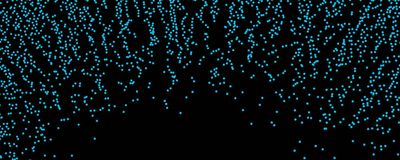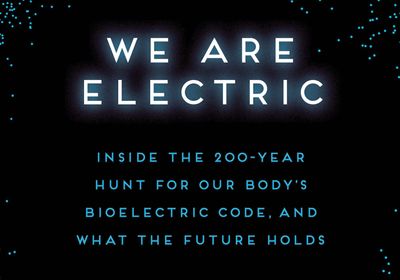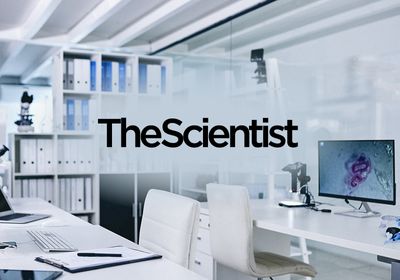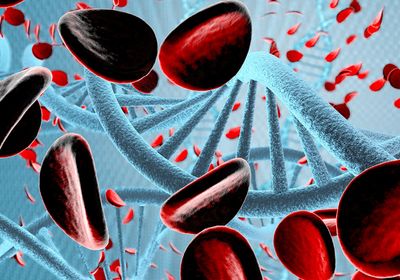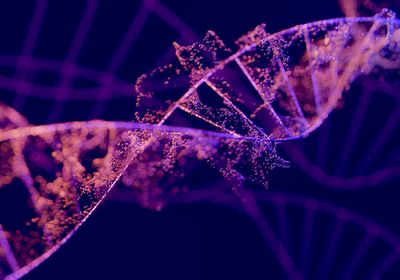ABOVE: Hachette Books, February 2023
Take a hard bite on the inside of your cheek. You’ll feel a tingling sensation. That tingling is the wound current, whose existence has frustrated and misdirected scientists since the 18th century. It intruded on Luigi Galvani’s seminal attempts to demonstrate the existence of animal electricity in frogs; it got in Emil du Bois-Reymond’s way as he tried to pin down the action potential in the 19th century. In 1843, du Bois-Reymond, whose famously obsessive approach to creating tools shaped the emerging science of electrophysiology, built his own galvanometer to measure this weird electrical interloper. Painstakingly created from at least a mile of coiled wire, the device revealed that leaking out of a cut in his finger, alongside the blood, was about one microampere of electrical current.
Nearly two centuries later, the modern tools helping us pry open the secrets of bioelectricity would be all but unrecognizable to du Bois-Reymond. At last, we are gaining the understanding and technology to enlist the wound current in the fight against septic and chronic wounds and to speed the healing process for everything else.
Most biologists are aware that every cell has a membrane potential: This voltage is the result of an imbalance of ions on either side of the membrane, turning the cell into a tiny battery. Probably the best-known membrane voltage is neurons’ -70 mV resting potential, disruption of which is essential to passing the neural impulse. But skin cells also have a resting potential. These cells are connected to one another by little doors called gap junctions, meaning epithelial tissue connects tightly to encapsulate our skin, rather like the membrane around the cell. And just as an individual cell has a voltage, so does this epithelial tissue as a whole. This is the skin battery.
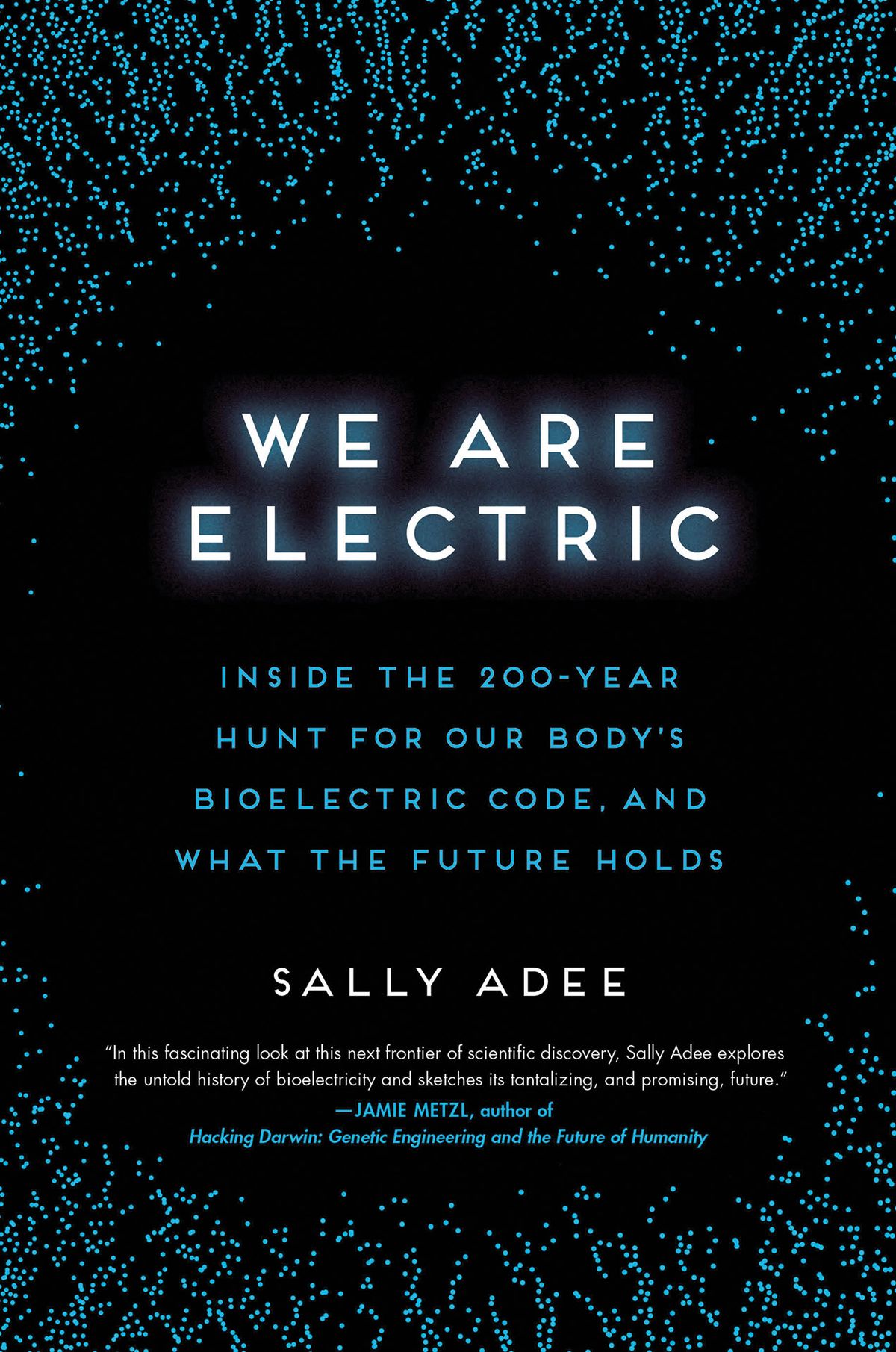
Cut or tear this tissue, and the battery short-circuits, creating a “leakage current” that gushes out of the wound. The resulting electric field attracts and guides a host of helper cells, including keratinocytes and fibroblasts, to come and patch up the damage. This self-generated bioelectric field also affects cell division and proliferation, which are important components of the healing process.
We have been steadily gaining insights into these intriguing phenomena for decades, but they have been difficult to harness for medical purposes. One milestone came in 2006, when physiologist Min Zhao, then at the University of Aberdeen in the UK, and geneticist Josef Penninger, who was at the Institute of Molecular Biotechnology in Austria, first identified some of the genetic migration machinery that is switched on when electric fields are applied to wounds. In sheets of human skin cells grown in culture, these fields changed gene expression in several types of repair cells, including neutrophils and fibroblasts. Zhao and Penninger also found that augmenting or damping the naturally occurring electricity could accelerate or completely halt the healing process.
A few years after that milestone, physicist and biologist Richard Nuccitelli, a former professor at the University of California, Davis, who had founded his own company, BioElectroMed, created the Dermacorder, the first device that could measure minute changes in wound current across space and time. He found that the current’s magnitude changed as healing progressed, peaking at injury and then decreasing until the wound was totally healed. The device also yielded other interesting insights: As they age, people generate progressively weaker wound currents—a shift associated with slower healing from injury. With this improved understanding, Nuccitelli and his collaborator Christine Pullar of the University of Leicester were able to use targeted electrical stimulation to coax new blood vessels to form in the wounded tissue of 40 human volunteers. It wasn’t just electrical simulation that could increase the speed of wound healing—other studies in animals used drugs.
The idea of accelerating wound healing is now taking off. In 2020, the US Department of Defense launched a $16 million program, helmed by Zhao and several other researchers, to devise a next-generation wound healing system for major traumatic wounds. The goal, says Zhao, now at the University of California, Davis, is a “closed loop system involving a tiny camera, electrical stimulation and delivery, and wound monitoring using multiple sensors that take visual and chemical measurements.” The system would determine how far healing had progressed and then use targeted stimulation to trigger bioelectric healing of multiple tissues at once—not only skin—and double the speed of recovery. The project is now transitioning from rodent studies into large animals such as pigs, whose skin is more similar to human epithelium. Human trials should begin next year.
Where the DOD project is ambitious in translating what we already know, the Air Force Office of Scientific Research is chiseling away at “a more fundamental understanding of bioelectricity, integrating from the head to the toe the genes and molecules involved in the electrical activity of each system,” says Zhao, who is also part of a consortium that studies this deeper science, which includes scientists from Johns Hopkins University, Arizona State University, and the University of Maryland.
Deciphering bioelectricity’s role in healing our injuries and manipulating it in our favor is only one of many ways this research could change how we treat our most common ailments. Similar voltages and currents are at work in bacterial communication networks and allow microbes to form antibiotic-resistant biofilms. New research targeting these networks could lead to new ways around the growing problem of antibiotic resistance.
As today’s major research projects bear fruit, we will begin to grasp the outline of the electrome. Our ability to harness the power of electricity in the 19th century lent it the moniker “the electric century”—being able to finally understand the electricity in our own bodies could put the 21st into the history books as the “bioelectric century.”

